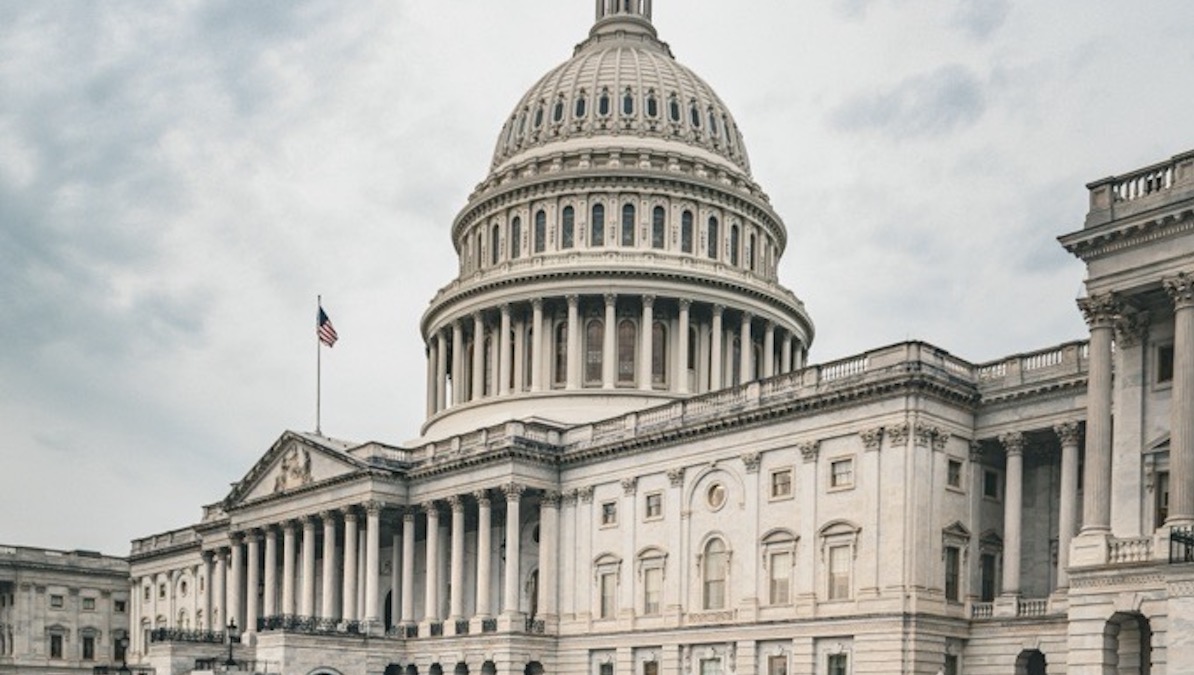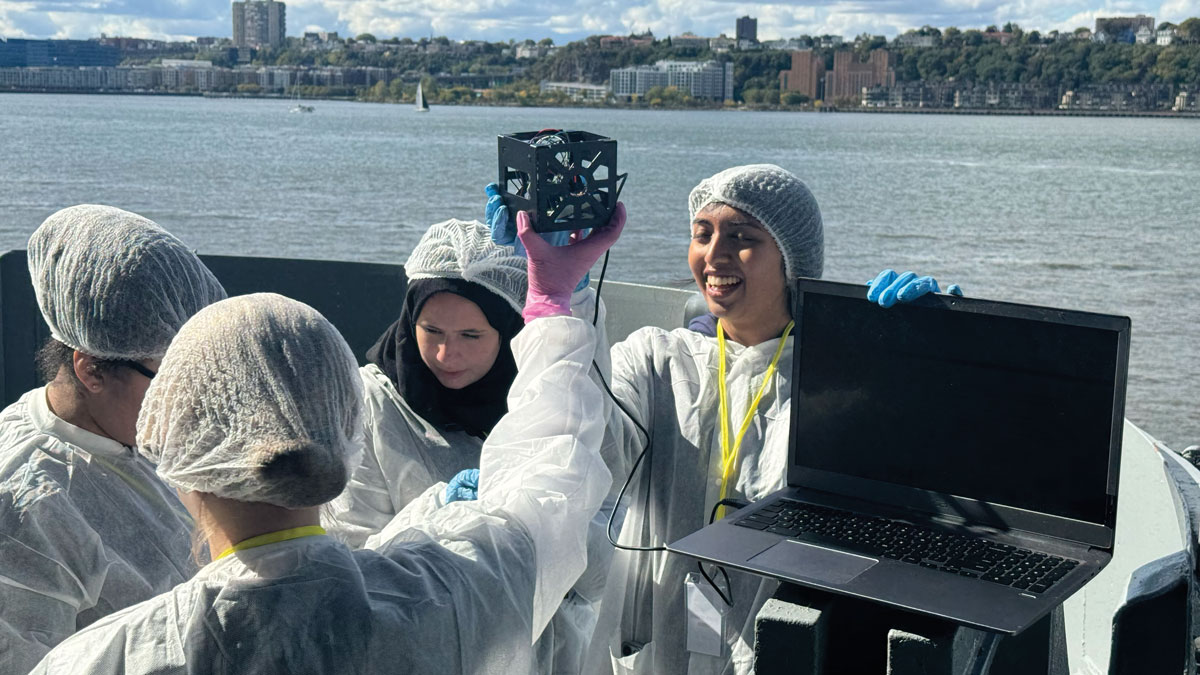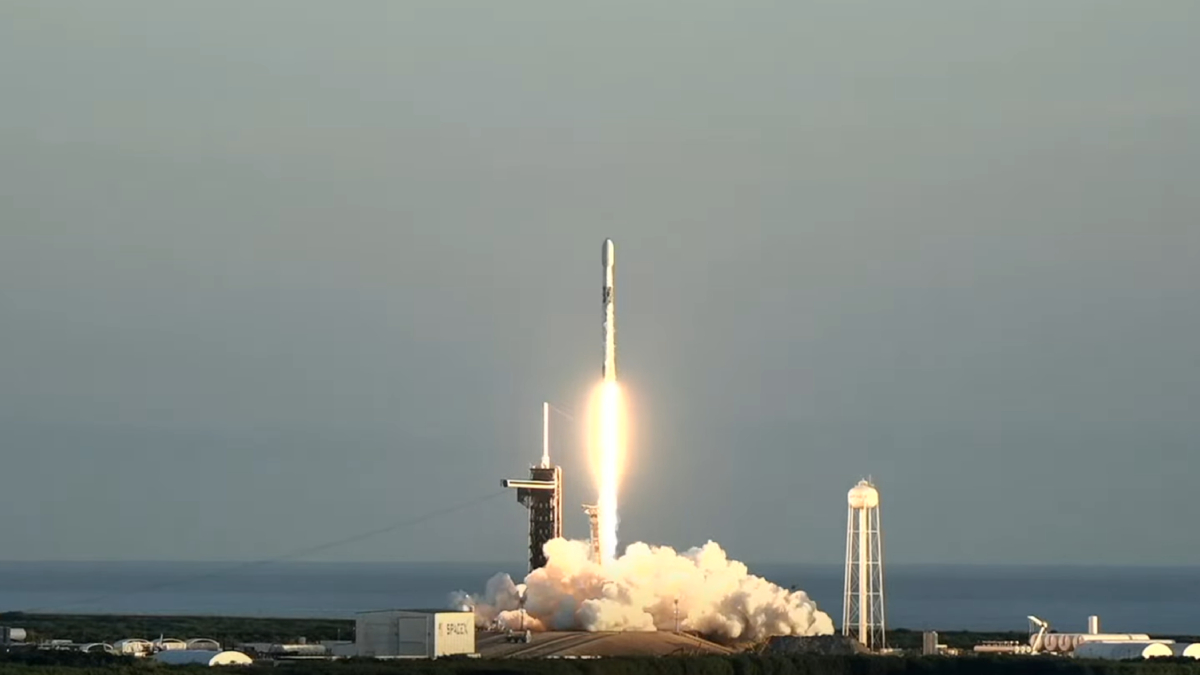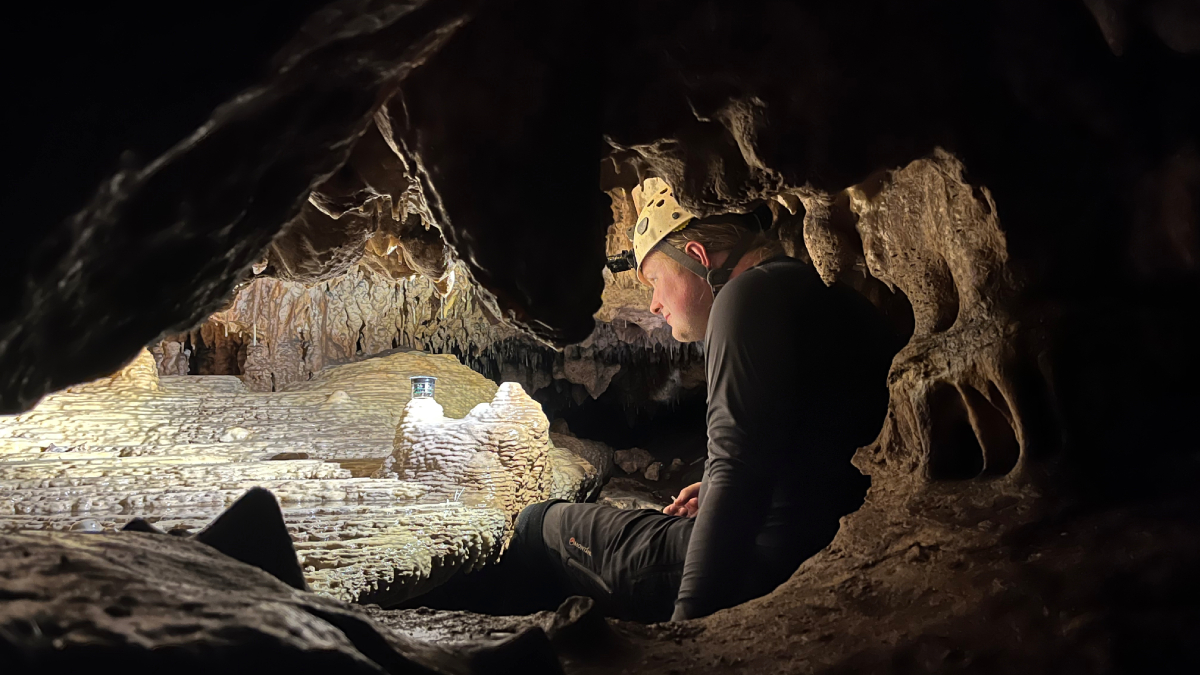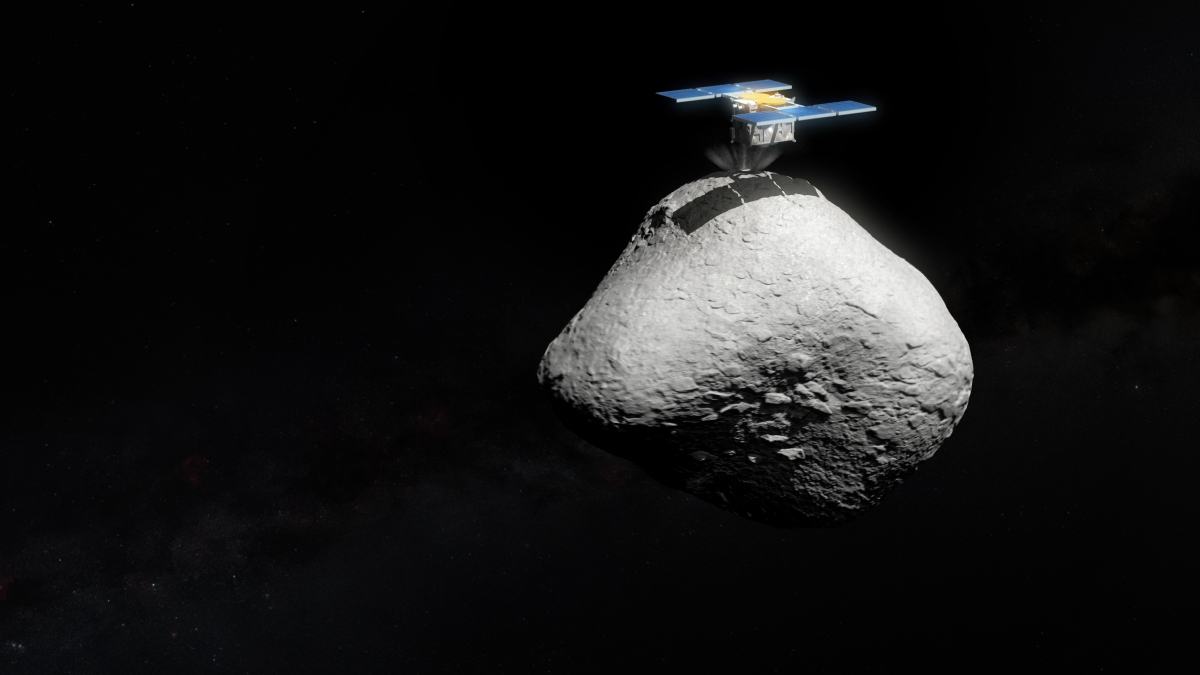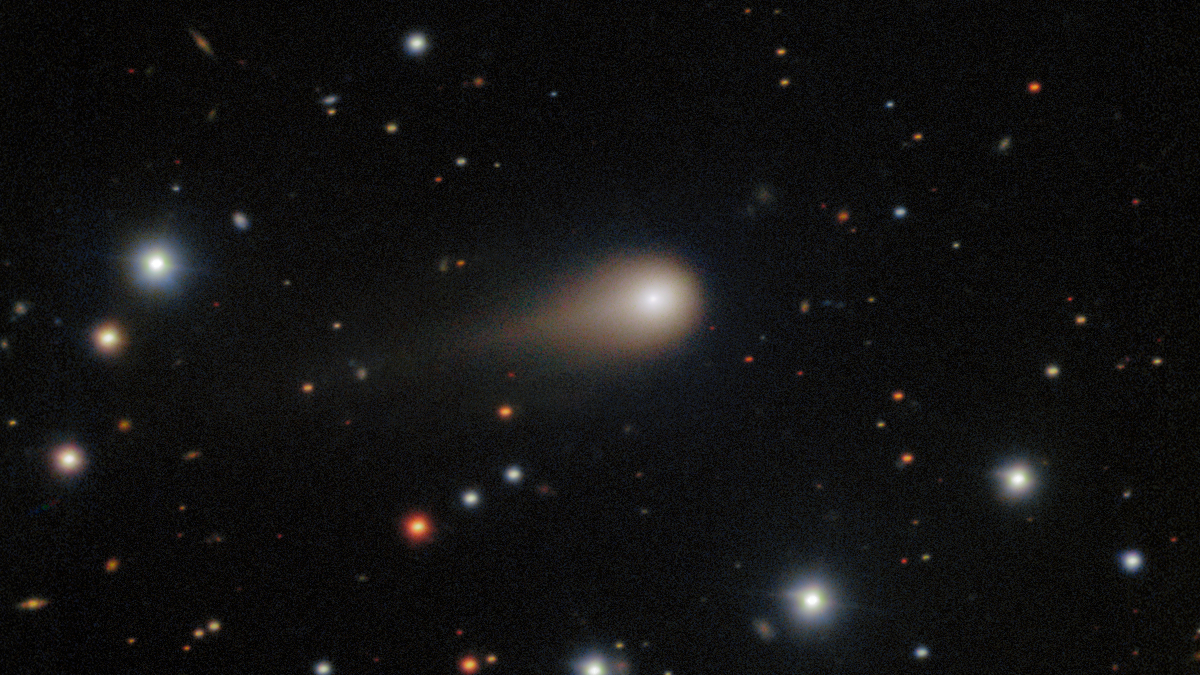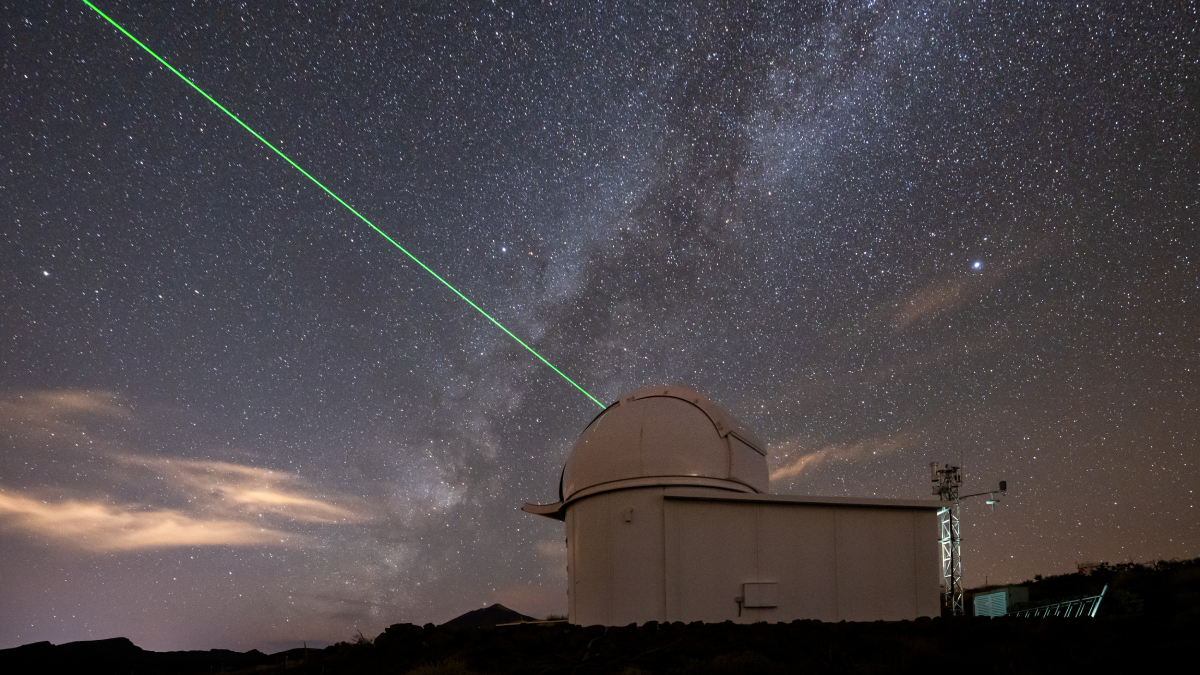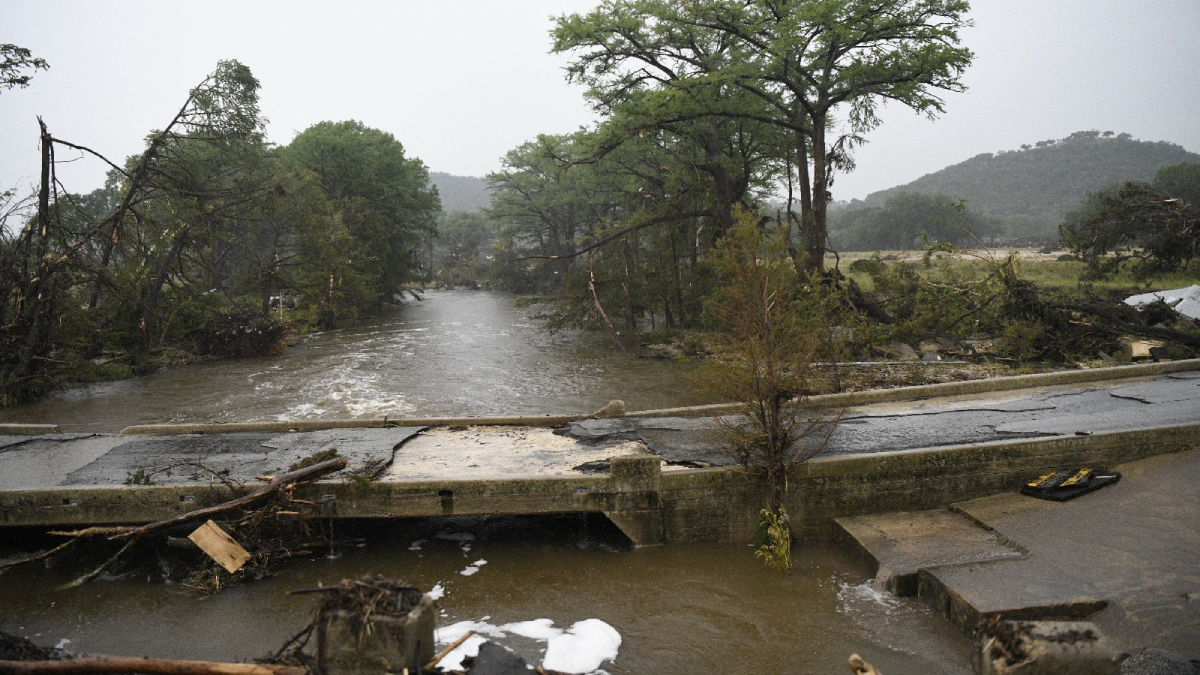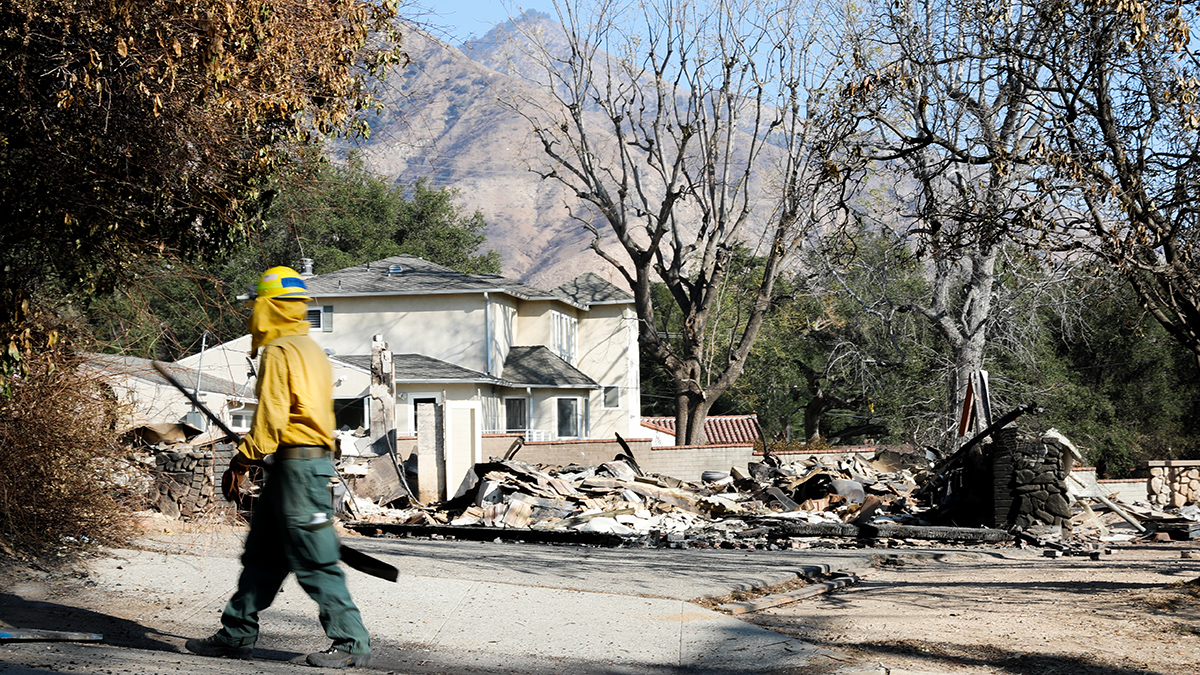At 12:01 a.m. this morning, the U.S. federal government shut down. This shutdown comes after weeks of negotiations and pressure tactics failed to bring Congressional Republicans and Democrats together on a budget for the 2026 fiscal year or a continuing resolution to fund the government for a few more weeks.
Kimberly M. S. Cartier
Kimberly M. S. Cartier, Senior Science Reporter for Eos.org, joined the Eos staff in 2017 after earning her Ph.D. studying extrasolar planets. Kimberly covers space science, climate change, and STEM diversity, justice, and education
Small Satellites, Big Futures
Programs that teach students to design, build, and launch tiny satellites are helping to inspire the next generation of space scientists and engineers.
Trio of Space Weather Satellites Take Flight
These three satellites will that study the solar wind and its impacts.
Major Droughts Coincided with Classic Maya Collapse
Understanding how individual cities responded to climate stress will help create holistic pictures of how these societies functioned.
Hayabusa2’s Final Target is 3 Times Smaller Than We Thought
It also spins twice as fast as previous estimates suggested. A spacecraft touchdown will be challenging, but not impossible.
Tilted Planet System? Maybe It Was Born That Way
New observations could shed light on the degree to which misalignment in a planet-forming disk contributes to skewed planetary orbits.
How an Interstellar Interloper Spurred Astronomers into Action
Valuable lessons from previous interstellar objects allowed scientists to develop a more rapid response when the third one arrived in July.
Bridging Old and New Gravity Data Adds 10 Years to Sea Level Record
The remarkable agreement between the two techniques shows how scientists can bolster state-of-the-art gravimetry instruments with old-guard altimetry satellites.
FEMA Puts Dissenting Staff on Indefinite Leave
More than a dozen FEMA staff, all signatories of that Katrina Declaration, were placed on indefinite administrative leave.
When Disaster Science Strikes Close to Home
How have scientists across Los Angeles used their skills to help their communities recover from the 2025 fires?

